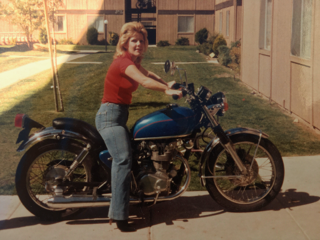LIFE AND TIMES OF BILL MAY, 1982
It was 1982. I had just gone through my second divorce. I landed a new job at United Home Foods. They were a company that delivered a month’s supply of food to people who lived in the country. They had a sales staff who phoned people all over the state and sold them these monthly […]
LIFE AND TIMES OF BILL MAY, 1982 Read More »

